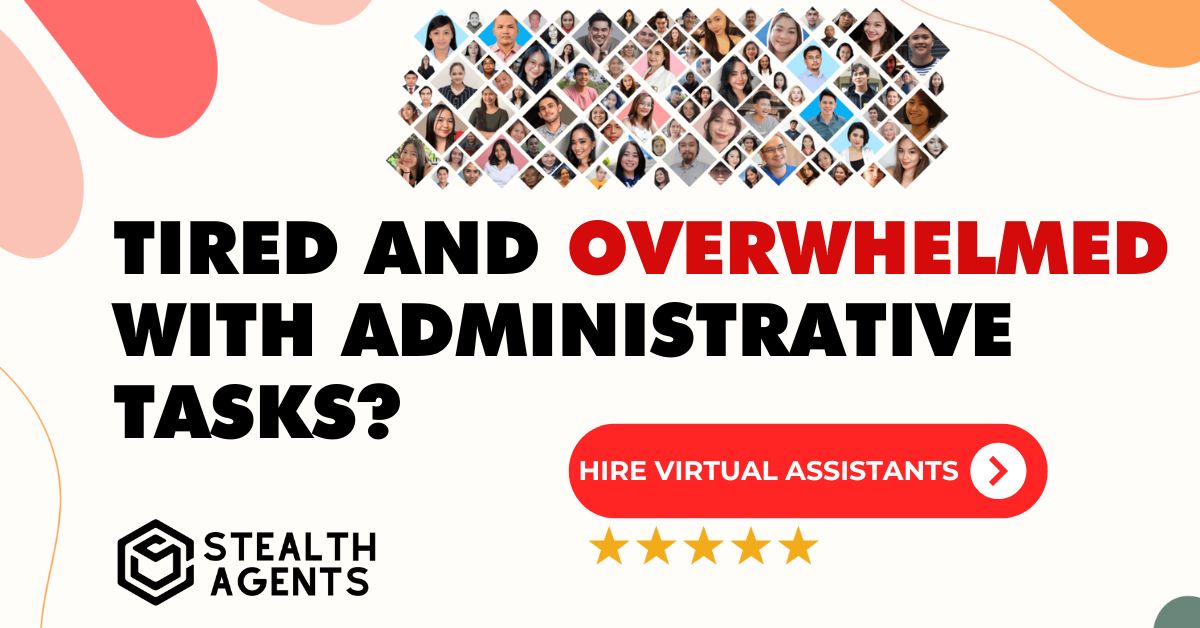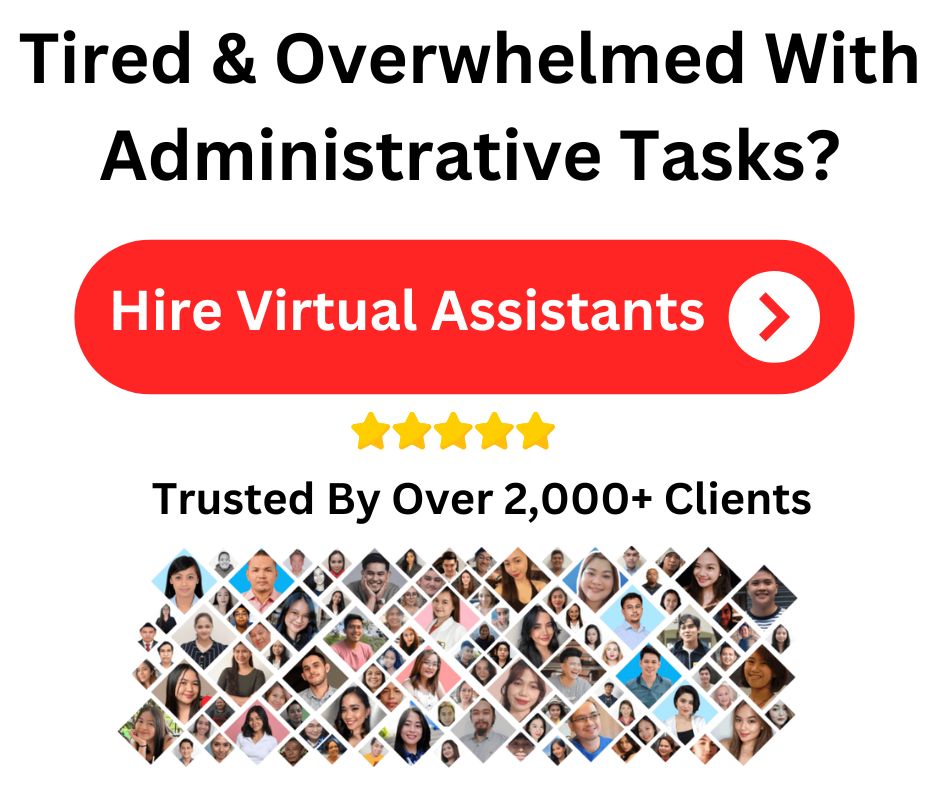In the dazzling dance of business, finding the right rhythm isn’t just about moving to the music; it’s about fine-tuning the very process that determines whether your steps lead to success or a stumble. Business process optimization (BPO) is about more than just eliminating inefficiencies; it’s a top-to-bottom examination of how well-oiled your business engine really is. To truly unlock your company’s potential, you need to ask the right questions.
Let’s dive deep into 55 business process optimization opportunities questions that will help recalibrate your firm’s internal workings and push you toward a leaner, meaner modus operandi—from strategy to execution and every step in between.
Why Business Process Optimization?
Optimization isn’t a buzzword; it’s the brass tacks of maintaining a competitive edge. Delving into the intricacies of how a business operates can lead to cost savings, improved customer experiences, and increased agility in the marketplace. Whether you’re a newly-minted start-up or a seasoned corporate giant, treating your processes like living, breathing entities can unleash untold opportunities and efficiencies within your organization.
55 Business Process Optimization Opportunities Questions
Let’s get down to business with a comprehensive list of questions, meant to provoke thought and ignite action within your company. This isn’t a checklist to be ticked off; it’s a springboard for discussions that could transform the very fabric of your business.
Operational Strategy and Planning
- How closely do our business operations align with our strategic goals?
- What are the bottlenecks in our operational workflows that hinder strategic execution?
- Are our day-to-day activities contributing directly to the long-term vision of the company?
- Can our processes adapt to unforeseen market shifts, or would they require extensive retooling?
Process Documentation and Standardization
- How up-to-date is our documentation for current processes, and how accessible is it to the entire organization?
- Is there a standard approach to similar processes across different teams or departments?
- Are there deviations in process execution that affect outcomes or compliance?
- Do our standardized processes allow for flexibility and innovation, or do they stifle growth?
Technology and Automation
- Are we using technology that supports the most efficient methods of accomplishing tasks?
- Do we have untapped automation opportunities that can significantly improve productivity?
- How dependable are our current technology platforms? Are they contributing to reliability or undermining it?
- What is the payoff period for adopting a new technology or upgrading existing ones?
Team and Talent Optimization
- Are our teams structured in a way that maximizes efficiency and expertise?
- Do individual skill sets match the required tasks, or is there room for upskilling and cross-training?
- Are decision-making processes clear, and does the delegation of authority match the level of responsibility?
- How do we currently monitor and measure team performance against process outcomes?
Compliance and Risk Management
- Are we keeping abreast of changing regulations and adjusting our processes accordingly?
- How transparent is our process to internal and external audits?
- Do we have clear contingency plans for high-risk process areas?
- Can automating certain processes improve accuracy and reduce potential compliance failures?
Customer and Stakeholder Engagement
- Are our current processes designed with the end-user in mind?
- How simple and transparent are our processes for external stakeholders to interact with?
- Are there recurring pain points in customer interactions that can be resolved with process changes?
- To what extent do we involve customers and stakeholders in the process optimization journey?
Data Management and Analysis
- How efficiently are we collecting, storing, and utilizing data within our processes?
- Do our processes generate the necessary data for performance analytics?
- Have we identified key performance indicators (KPIs) for our critical processes?
- Can data analytics tools streamline decision-making or reveal optimization opportunities?
Continuous Improvement
- Is there a culture of continuous improvement in our organization, or is ‘good enough’ the standard?
- How do we currently solicit and act on suggestions for process improvement?
- Are we leveraging industry best practices and benchmarks in evaluating our processes?
- How often are we reviewing and updating our processes in light of new information and learnings?
Supplier and Partner Relationships
- Do our processes support or hinder collaboration with suppliers and partners?
- Are there redundancies in these processes that could be eliminated through consolidation or automation?
- How do we measure the performance of our external partners against process standards?
- Is there room to simplify and standardize processes where multiple stakeholders are involved?
Financial and Resource Management
- Are our processes as cost-effective as they could be, from procurement through delivery?
- Is the allocation of resources in our current processes optimal?
- How are we monitoring and managing costs at each step of a process?
- What opportunities exist to streamline and reduce the complexity of our financial processes?
Environment and Sustainability
- Do our processes promote or inhibit sustainable business practices?
- Are we effectively managing our environmental impact at the process level?
- Can we identify areas where process optimization might have an environmental benefit?
- How do we communicate and demonstrate our commitment to sustainability through our processes?
Cross-Functional Collaboration
- How seamless is collaboration between different departments in our company?
- Are there process dependencies that could be improved to facilitate better inter-departmental communication and cooperation?
- In our cross-functional teams, how are we managing conflicts and aligning on shared objectives?
- What processes can we institute to ensure that knowledge and best practices are shared across the organization?
Aesthetic and Brand Experience
- How important is the aesthetic or ‘feel’ of our processes to our brand image and client engagement?
- Can we identify and enhance processes that directly contribute to a unique and positive brand experience?
- Are we maintaining a consistent brand experience across all touchpoints through our processes?
- Where can we inject creativity and innovation into individual processes to reinforce our brand identity?
Employee Well-Being and Motivation
- Are our processes designed to support employee well-being, or do they lead to burnout and stress?
- How can we link process optimization to increased job satisfaction and motivation?
- What initiatives can we introduce to measure and improve the well-being of employees impacted by our processes?
Conclusion
The path to process optimization isn’t carved in stone; it’s an ongoing journey of introspection and adaptation. Each question points to a chink in the armor that, when corrected, can fortify your business against the storms of the marketplace. Remember, it’s not about having the answers today; it’s about beginning the conversation that will shape your business—tomorrow and every day after.









